3 Degrees: How to Treat Burns

If you’re just jumping into this article, go check out the last article I wrote explaining the degrees of burns and some of the risk factors associated with them. This way, you’ll better understand what I’m talking about in this next in the series about how to treat this type of emergency.
I'll start this off with saying burns are nothing to screw around with. Not only can they be very dangerous, but burns are very painful.
In my circle of friends and family I am the community medic and I get calls asking about one thing or another. Whenever I get questions about burns, I always recommend the victim gets seen at a hospital.
This ensures they are treated for their injury and keep it from getting worse, but perhaps more motivating is that the burn victim will be able to get some relief from the pain.
Burns are extremely painful. Even a mild sunburn is uncomfortable, so any injury causing a serious burn is likely to be excruciating. Go to the hospital so the victims pain is managed to acceptable levels.
How to Treat a Burn
Put out the Fire
One of the risks of treating a burn is becoming a burn victim yourself by not making sure the fire is out before touching the casualty. Scene Safety is a very important aspect to emergency medicine. Don’t become another victim in your attempt to take care of the casualty.
When a person is on fire, they might panic and begin running around. This is bad because it’s literally fanning the flames of the fire and increasing the damage. We need to quickly reduce the amount of oxygen to the fire, so it goes out. A blanket, coat, or something similar is a good way to smother it.
Inspect the casualty’s airway.
Look for anything that might indicate inhalation burns to their mouth, nose, throat, and lungs.
Inhalation burns might occur when the casualty gasps from surprise and breathes super-heated air into their lungs. This damages the tissue and causes swelling which, if not anticipated, will close up the airway to the point where the casualty suffocates.
Burns to the airway might be suspected if you see redness and/or blistering around or in the casualty’s airway. Singed facial hair and soot in the nose and mouth might also be an indication of an airway burn.
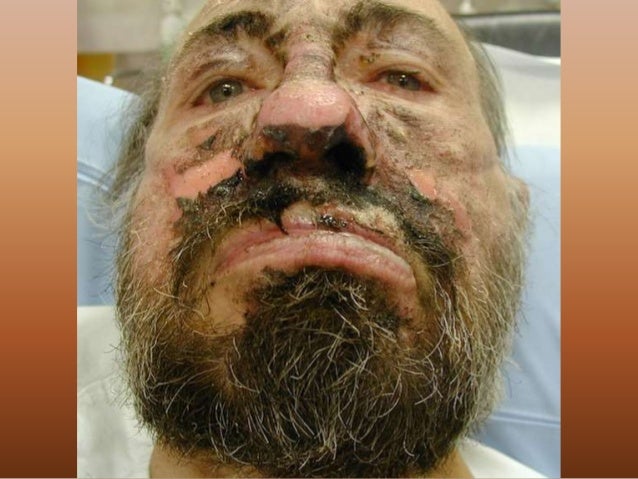
Military medics are taught a surgical procedure called a cricothyroidotomy to help maintain a clear airway. This isn’t a difficult procedure to learn, but it should not be attempted unless you are well trained by competent instructors.
If you have access to a Nasal Pharyngeal Airway (NPA) and have been taught how to use it, this might be an appropriate time, depending on the casualty’s tolerance or level of consciousness.
Remove Jewelry
If the burn is in a place with a watch on the wrist or rings on the fingers, remove them. Burns can cause massive swelling and the jewelry can act like a tourniquet as the tissue expands. Try to carefully remove all jewelry if possible before the swelling gets to the point where this happens.
Cool the Burn
Even a simple sunburn can be very painful and uncomfortable as I’m sure you know. Treating a sunburn by laying in a cool bath is a good example of why cooling the burn with water is effective.
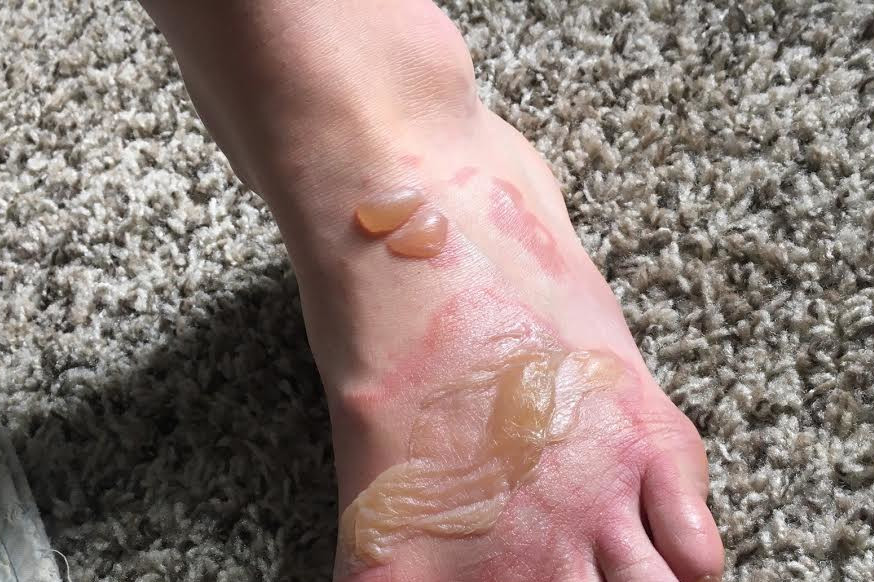
Flushing the burn with lots of cool water for at least 10 minutes (but not more than 20 minutes) not only helps the burn feel better, but has the benefit of stopping the damage. A thermal burn means the tissues has been heated to the point of damage. We need to remove this heat to stop the damage.
Commercial products, such as the NAR BurnTec Burn Dressing is drenched in a cooling gel which will help to draw heat away from the injury and provide comfort. This is especially good to have in remote or austere conditions where you don’t have access to cool running water
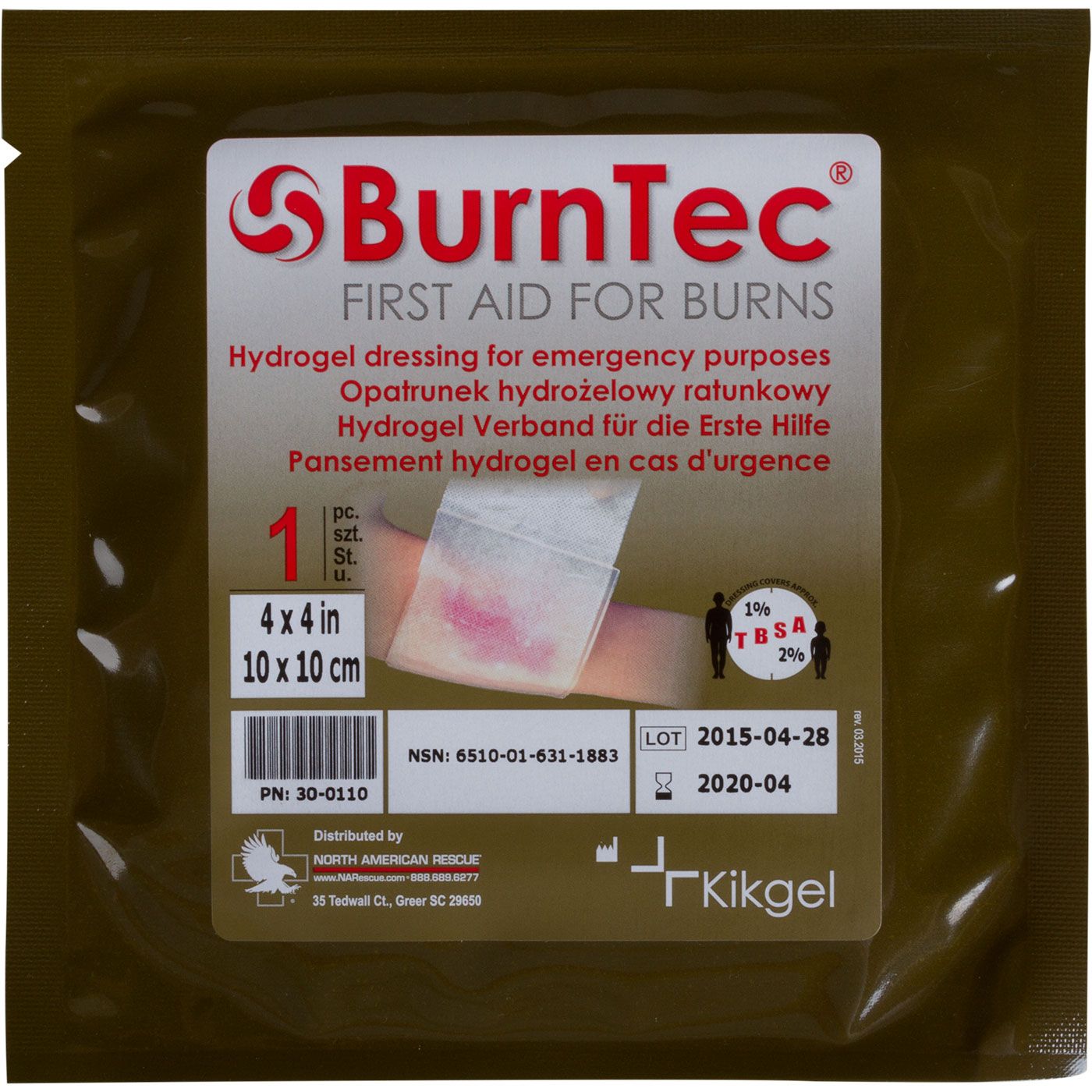
Don’t just throw away to the packaging for the Burn Tec dressing. The excess gel can be poured over the dressing if it starts to dry out. Managing resources in an emergency is important, so look for ways to extend what you have available.
If you don’t have a lot of water available, you can wet a washcloth or towel with cool water and drape it over the burn. Re-soak the towel every 3-5 minutes to keep it cool and repeat for 20 minutes to ensure all the heat is removed and the damage has been stopped. This might help to extend your available resources when water is in short supply.
Caution: Cool the burn but keep the rest of the casualty’s body warm. The skin is the primary way the human body regulates temperature. If the skin is damaged there can be a severe loss of core body temperature and Hypothermia should always be considered.
If you carry a space blanket in your kit, this is a great time to break it out if you think they’re at risk.
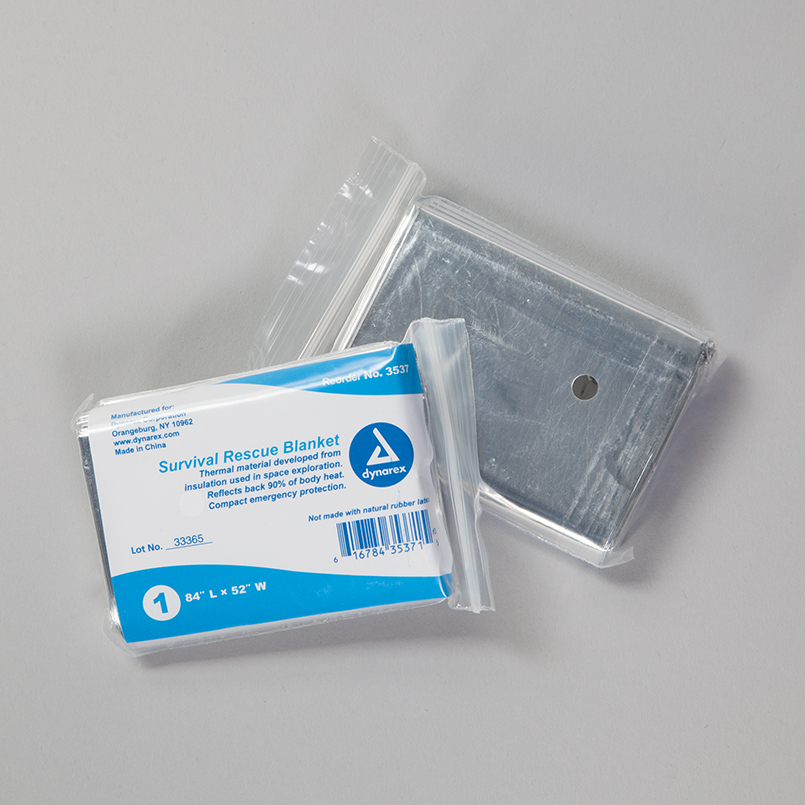
Cover the Wound
We already know that the skin is the first layer of defense against infections, so we need to care for the wound and keep it as clean as possible. Grab a roll of cling film from the kitchen and loosely cover the burn to keep it from becoming contaminated. If you don’t have cling wrap, it’s ok to go without it, but either way, loosely wrap the burn with sterile gauze from your medical kit.
Treating Chemical Burns
If you’re frequently in an environment where dangerous and caustic chemicals are being used, make sure you know what you’re dealing with, and what to do if you’re injured by them.
Know where all the eye wash stations are and how to use them. Also find out where the MSDS (Material Safety Data Sheet) is located and actually read it. This is a required document for any organization storing or using chemicals of any kind. It contains important information including how to safely use, store, and dispose of them.
The MSDS also contains vital information about emergency procedures if exposed to these substances. Just make sure you’re not “that guy” who’s rummaging through the binder to find the right entry when one of your workers is down with acid burns. Know what to do before the emergency.
If you have a casualty with chemical burns, follow the emergency directions for that chemical in the MSDS.
If you don’t have access to this document, or you just don’t know what the casualty has been exposed to, here’s how to treat a chemical burn:
Once again, protect yourself. Take precautions not to become burned by the same chemicals that injured the casualty.
If the chemical is a powder, carefully brush it away before flushing the wound with LOTS of clean water. Make sure to position the injury so the water doesn’t carry the chemical to another part of the casualty’s body and cause additional burns.
This is especially important when flushing the eyes. Don’t let the chemical get into the casualty’s other eye. Position their head in a way that allows water to flush the substance away from their face and prevent further injury.
Electrical Burns
Once again, it’s important to think about scene safety when trying to help a casualty with electrical burns. This might be one of those think outside the box moments while you try to think of a way to turn off the electrical power so you can safely approach the victim.
It might even take an electric company employee to turn off the power so be sure to call 911 as soon as you are able.
Beyond that, there isn’t much you can do. An electrical burn might present as a sever burn at the point of entry, but at the point of the body where the electricity exits can look like a shotgun blast. The electricity can exit the body with such force it creates a large open wound.

Be sure to consider if the casualty has fallen and taken a head or spine injury. As the human electrical system is resetting itself after the surge of voltage, the casualty can sustain secondary fall injuries.
There’s still cause for concern even if there doesn’t appear to be a burn. Victims of electrical shock can present with heart abnormalities, even long after the injury. Convince the victim they need to be seen by medical professionals even if they tell you they “feel fine.” If your casualty is older, be sure to consider whether they have a pacemaker.
If you’ve made it all the way to this point in an in depth look at treating burns in an emergency, then you are clearly interested in more. Head over to the Mountain Man Medical YouTube channel and check some videos where I talk more about emergency trauma care.
